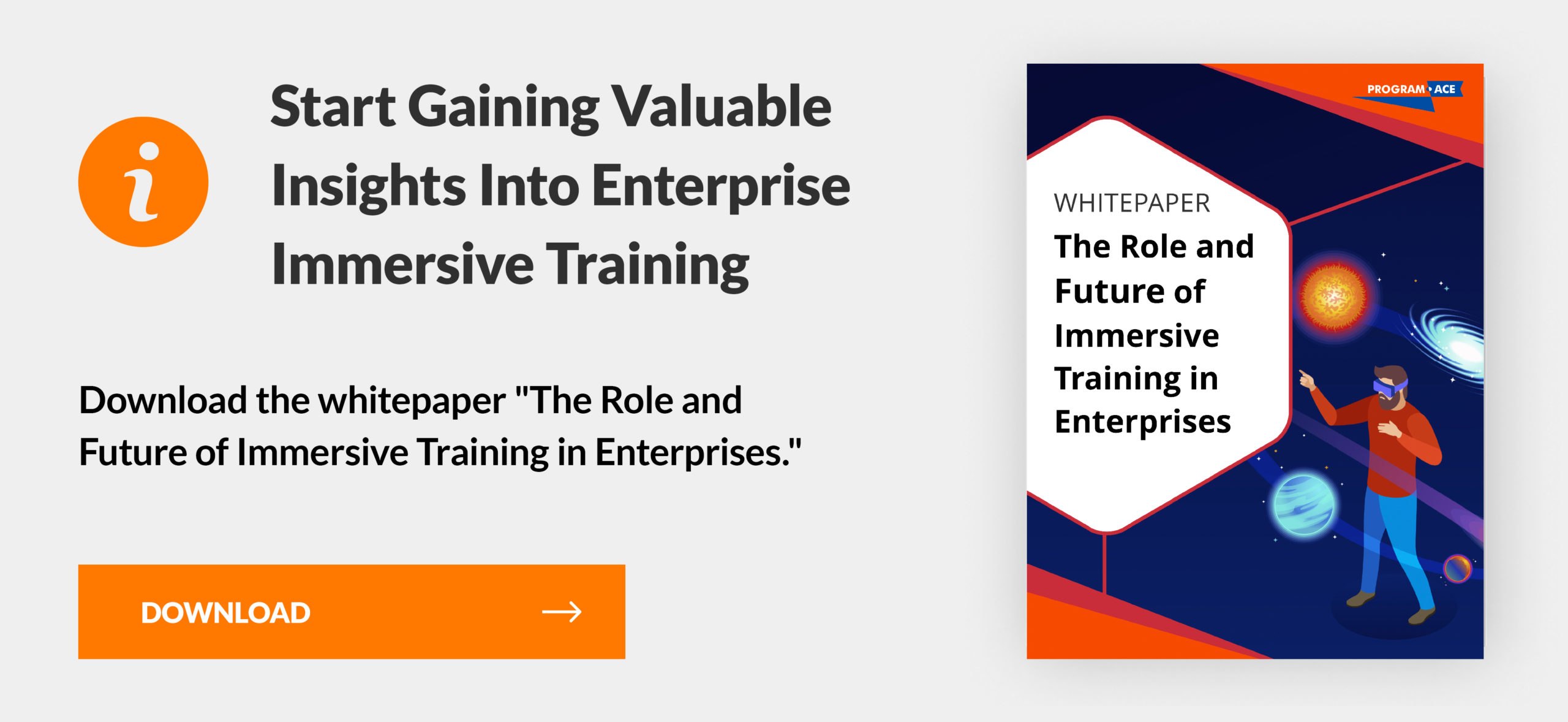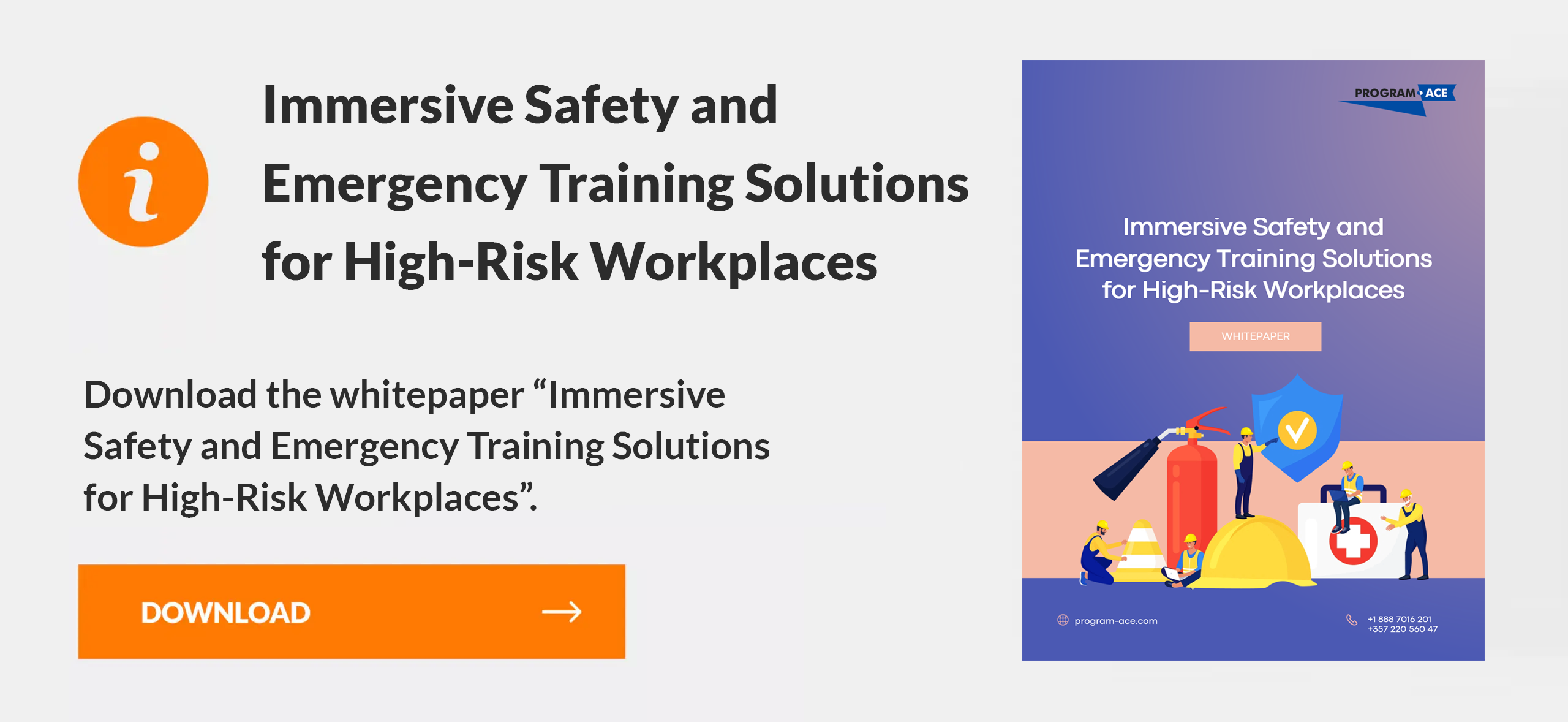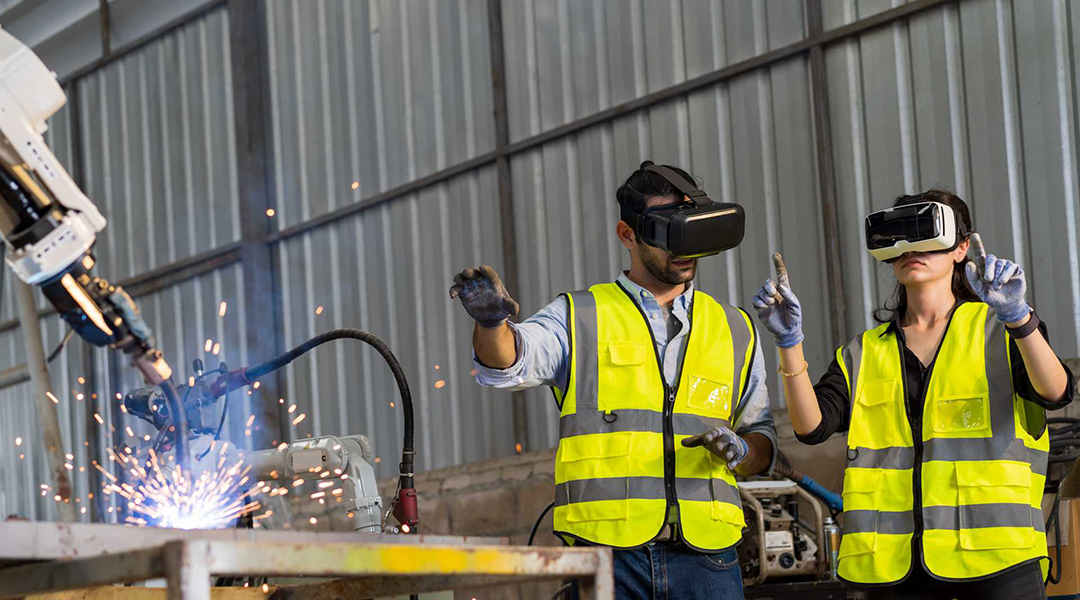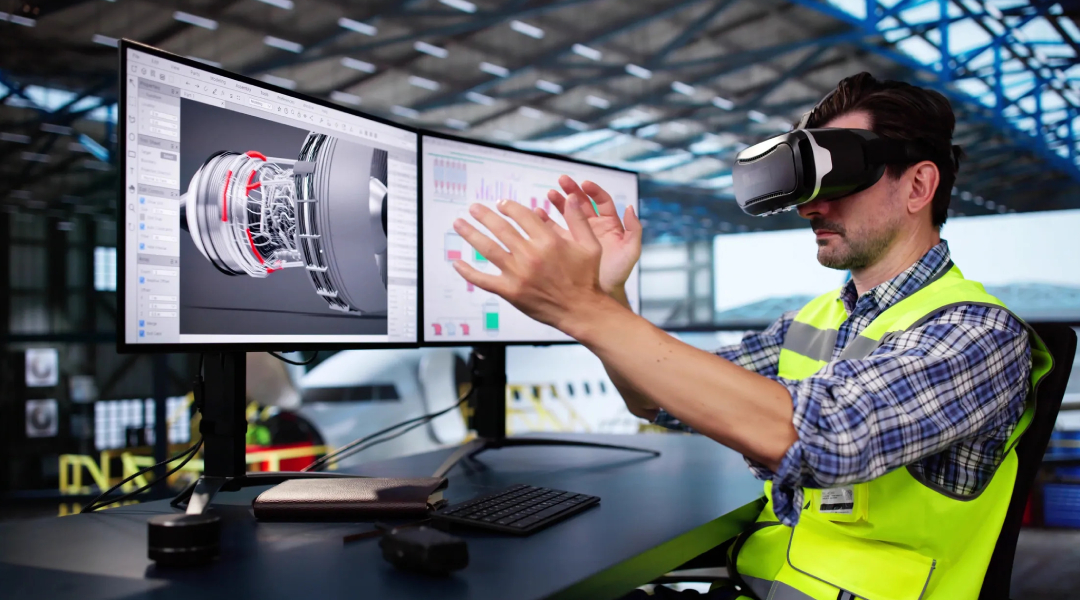Virtual reality employee training is an effective way to level up the skills and knowledge of your workers. Immersive technologies and custom software allow employees to train the proper workplace behavior in a virtual environment. With VR headsets, employees go through specific scenarios natural to their job positions, learn to overcome challenges and emergencies, and many other essentials that we’ll talk through.
Yet, the most exciting thing about VR training is the vast opportunities and multiple benefits it gives to entrepreneurs as well as employees. So, let’s talk about different use cases of virtual reality job training, the fruits it can bring to your business, and helpful VR development services to build a solution that perfectly fits your company.
What Are the Benefits of VR Training in the Workplace?
Before making a final decision about implementing virtual reality technology in your business system, it’s better to consider all the pros and cons of this solution. We believe it's better to begin examining the strong sides of VR for corporate training, determining the value it can bring to your company.
Employees safety. A working environment in some industries is quite dangerous to operate, not to mention training. Thus, practicum in a virtual environment, experiencing not real (but possible) risk, teaches employees the best algorithm of actions to save their lives, health, and even an important company’s property.
More effective learning. According to the learning pyramid, students absorb 75% of information by practicing a particular experience by themselves, in contrast to 5% from lectures and 10% from reading. Hence, VR technologies immerse workers into learning, increasing their engagement with interactive environments.
Increasing performance. Regularly training in a virtual environment, your employees will work through mistakes without harming an actual working process. As a result, they establish correct behavior patterns in their duties performed, while their quality will increase dramatically.
Save time and costs on training. Real-world corporate training takes too much time and budget to organize and disturb workers from their job for a long time. Unlike this scenario, VR training takes one-time expenses on the development and possible annual hosting fees. Employees also can train independently and spend around 20 min a day on efficient training.
Reduce onboarding time. The VR workplace training is usually done for current employees and trainees or new specialists who have just gotten the job. So you can conduct an onboarding process in virtual reality without distracting other workers and making it faster.
Solution scalability. Another valuable feature of choosing a virtual reality training solution is the ability to upgrade it whenever you need it. Say, there are new rules, workflow, or equipment in your company, but you don’t want to develop a new program from scratch. Instead, developers can add necessary features so that your software can grow in its capabilities.

VR Workplace Training Challenges
Regardless of the multiple benefits the VR workplace training offers, your company can still experience some limitations with this project. Let’s consider the reverse side of the coin to get the bigger picture.
Possible motion sickness. When a person is immersed in virtual reality through a headset, they can’t move outside a small conditional zone. However, a body and mind can feel like running or walking due to scenarios without actual movement in real life. Therefore, some employees can feel motion sickness during long-term training. That’s why most programs are designed for quick training, around 20 min.
Unawareness of modern technologies. Some older people working in enterprises can be unfamiliar with the technology of virtual reality and the use of headsets. In that case, managers should instruct each employee carefully and make sure they are comfortable with a new experience.
Development takes time and qualified specialists. In order to get a VR training solution, it’s essential to find a reliable technical partner who will consider all the specific needs of your company as well as create a bug-free and user-friendly app. Unfortunately, it takes time to find one, but the final result is worth the effort.
How VR Is Being Used for Workplace Training
Virtual reality workplace training is almost universal and can be used in any industry. So, let’s take a closer look at the most popular use opportunities in various fields.
VR Construction Training

Working in the construction industry implies high risks related to employees' life and health. Construction workers can easily get injured since they usually work on high as well as deal with heavy building materials and complex equipment. Hence, it can become a matter of life to provide these specialists with virtual reality construction training because of the high efficiency of this method.
In addition, it’s essential to work in a team at a construction site, as employees' health and the quality of the job done also depend on co-workers’ collaboration skills. Thus, specialists can train in group programs requiring them to focus on particular duties and interact with other specialists flawlessly.
Virtual Reality Manufacturing Training
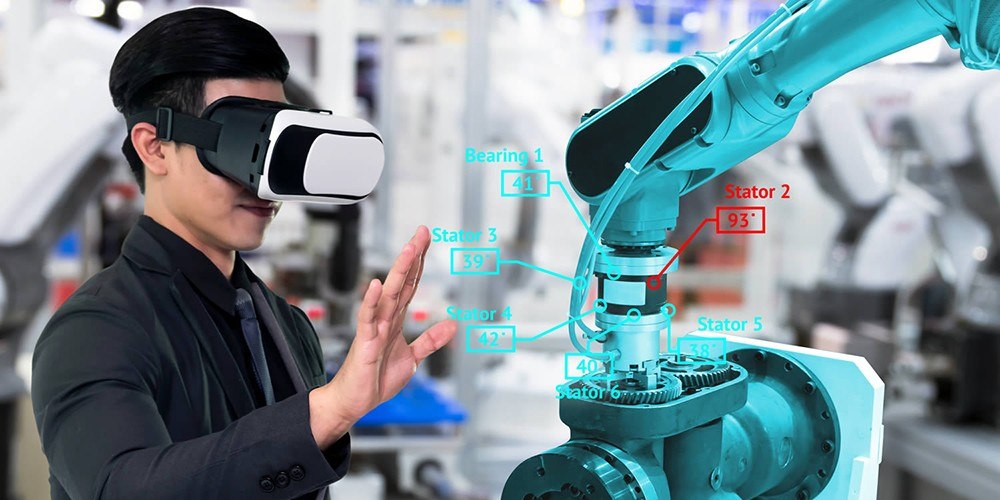
Whatever product your factory makes, most specialists in the manufacturing industry deal with complex equipment and possibly harmful materials. At the same time, employees are expected to perform actions while delivering excellent quality at each job position.
In order to satisfy business needs as well as keep workers safe and sound at once, it’s necessary to provide them with the opportunity to learn and get the required experience in a risk-free environment. Thus, manufacturing staffers will be able to train their professional skills, improve the performance speed, and level up the quality of delivery.
VR Training in Healthcare

Complex surgeries, rehabilitation sessions, working with patients with special needs, and many other challenges healthcare specialists face daily — in each of these scenarios, human life depends on the actions of medical specialists.
Fortunately, VR medical training allows users to experience different complex scenarios in a virtual environment to know what to do precisely in similar real-life cases. Additionally, this method is excellent for interns to explore human anatomy even more deeply than with the help of actual bodies, thanks to detailed 3D modeling and interactive features.
VR Training in the Automotive Industry
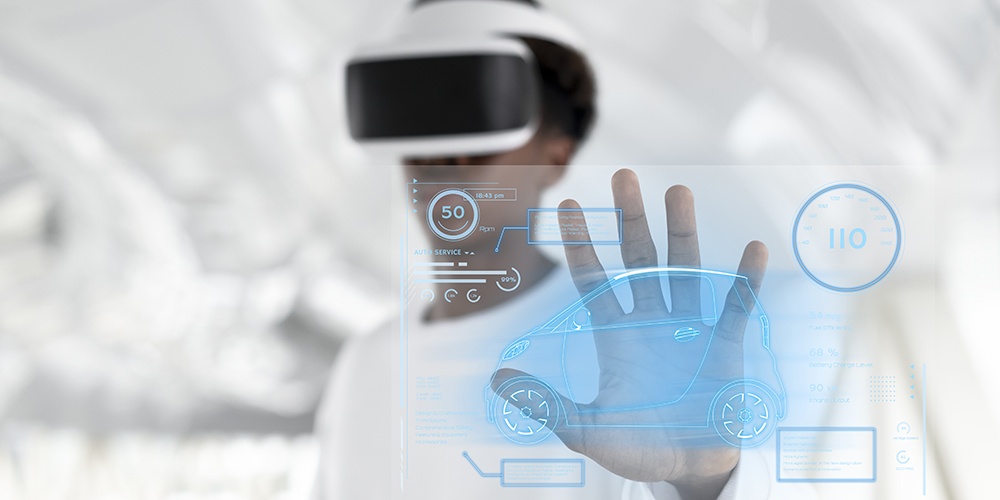
Whether your employees construct automobiles or communicate with customers, regular training would be helpful to each of these job positions. Those who work with automotive details and complex equipment learn how to operate in their workplaces, avoiding accidents. At the same time, sales managers train to improve customer experience and make more profitable deals.
Moreover, automotive companies can start a kind of a school at their enterprises to teach students automotive repair, welding, and other disciplines. Thus, you can prepare new specialists to work in your company from scratch by engaging them with a modern and interactive education approach.
VR Training for Emergency Services
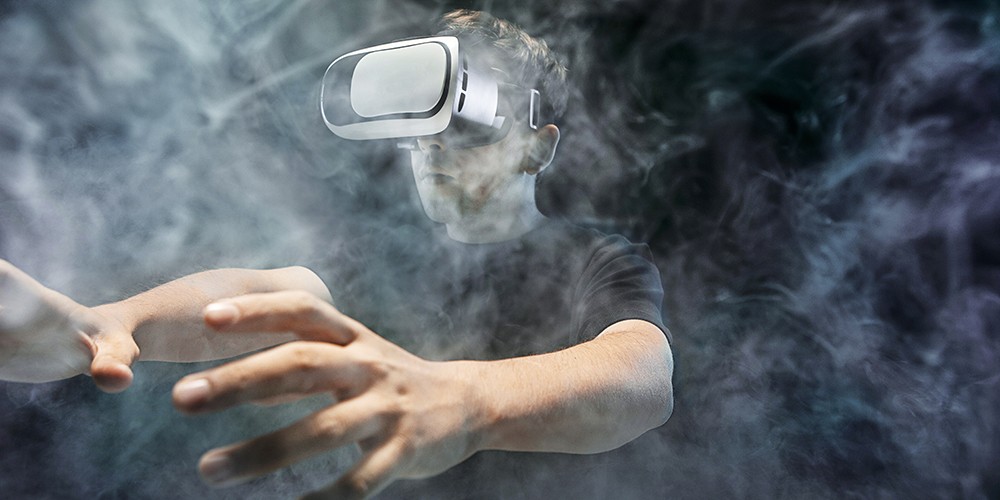
Specialists of emergency services have one of the most stressful jobs of all, and they can do it well only by training the cold mindset and fast responding to real-time events. However, real-life workplace training takes too much time and effort to create an environment, with people and props applied, that simulates an emergency realistically.
Workplace Active Threat Incidents Preparedness for Gap Inc.
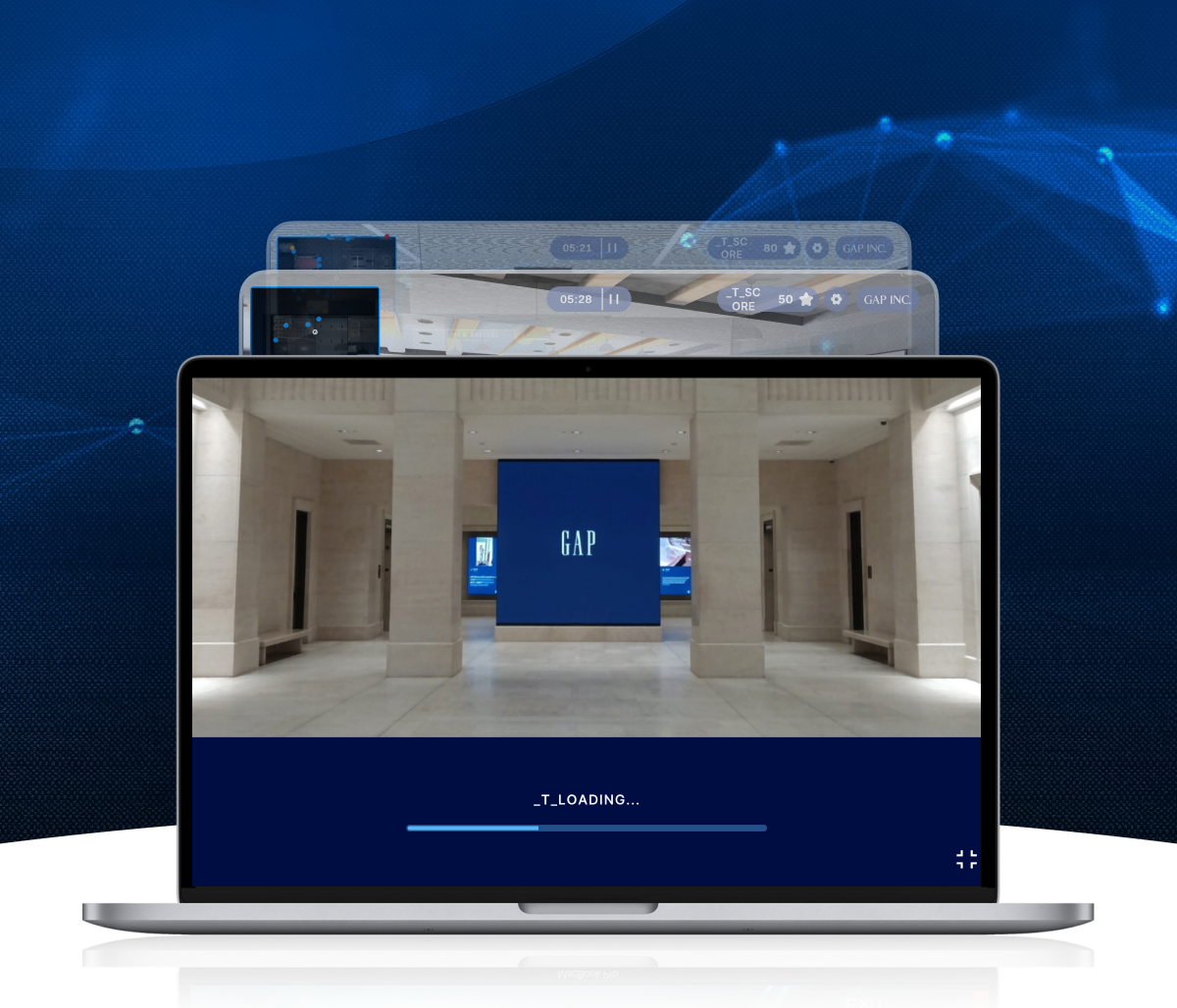
Gap Inc. adopted a workplace training solution built by Program-Ace that simulates active-shooter events. The experience enhances team readiness with location-specific layouts and real-world urgency.
In contrast, a VR emergency training solution contains ready-made environments with various scenarios. For example, police officers can train to deal with criminals under different circumstances, including complex cases with hostages involved. At the same time, there can be train cases for medical workers who should perform first aid or make a complicated surgery in very limited timeframes.
VR Training for Aviation & Aircraft
Many people are already familiar with aviation simulators for training airplane pilots. Yet, VR training can also be used by other specialists in this industry. Flight attendants can prepare to respond to emergency cases and improve client service. Furthermore, aircraft specialists learn to work with complex equipment, repair details, and master new technologies.
For example, Program-Ace has built a helpful solution for aircraft engine VR training to allow aircraft specialists to learn the engine structure as well as effective building and repairing methods. With virtual reality training, employees don’t have to attend a physical airbase and deal with heavy engine details until they don’t feel confident and qualified enough to complete actual tasks.
How to Develop a Custom VR Training Solution
If you’ve decided that your company needs the benefits VR training can bring, it’s better to start this project by hiring reliable developers to create a perfectly fittable solution. And the good news is you don’t need to have an in-house team to get the most satisfactory results. Outsourcing or hiring dedicated specialists from VR development companies are usually the most profitable options that will save you lots of resources.
Naturally, the best development company for your VR project should have broad experience and deep expertise in building immersive training solutions. Thus, we offer you to consider the Program-Ace team as a technical partner on your way to improving your employees' performance. With 30 years of experience and multiple projects delivered, our company is ready to create a VR training software with specific features required in your industry.
Contact us to get a detailed consultation and calculations according to the business model you will choose.
